The End of the Line in Currie
In 1899, the Des Moines Valley Railway Company began work on a plan to extend their rail line in western Minnesota an additional 38.63 miles northwest from Bingham Lake to Currie. Nearly 14 miles of track was laid and put into operation that year. The remaining 24.73 miles of rail between Jeffers and Currie was finished the following year. Upon the completion of the spur, the Des Moines Valley Railway Company and all of its property was purchased by the Chicago, St. Paul, Minneapolis, and Omaha Railway. It was decided that the line would not extend beyond Currie, making the small town the new terminus of the railway’s western spur.
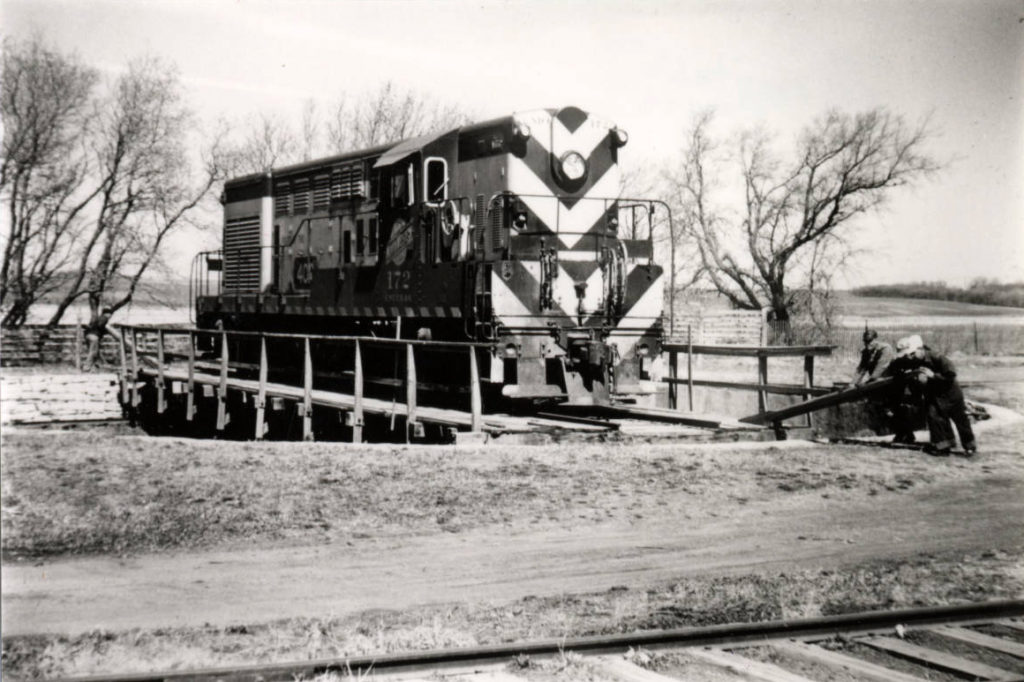
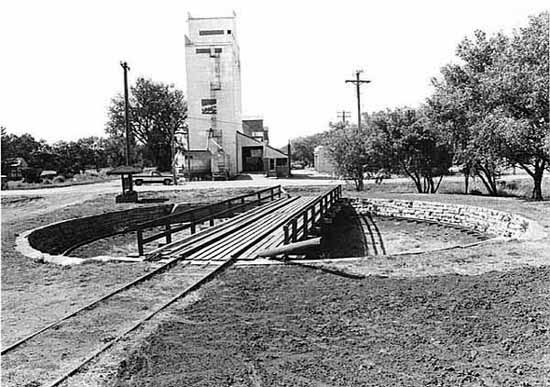
As a terminus, the Chicago, St. Paul, Minneapolis, and Omaha Railway needed a way to turn locomotives around so trains could return to Bingham Lake along the same track. In 1901, they contracted with the American Bridge Company of Chicago to build a massive, manually operated turntable constructed of stone, wood, and steel. Its massive undercarriage measured 70-feet long and just over six-feet wide. The platform on top of the undercarriage was constructed of 16-foot oak timbers over which rail was laid. The pit that held the turntable varied in depth from four feet at the outer edge, to seven feet at the center. Mankato limestone lined the entire pit and the stones were carefully fitted together to eliminate the need for mortar.
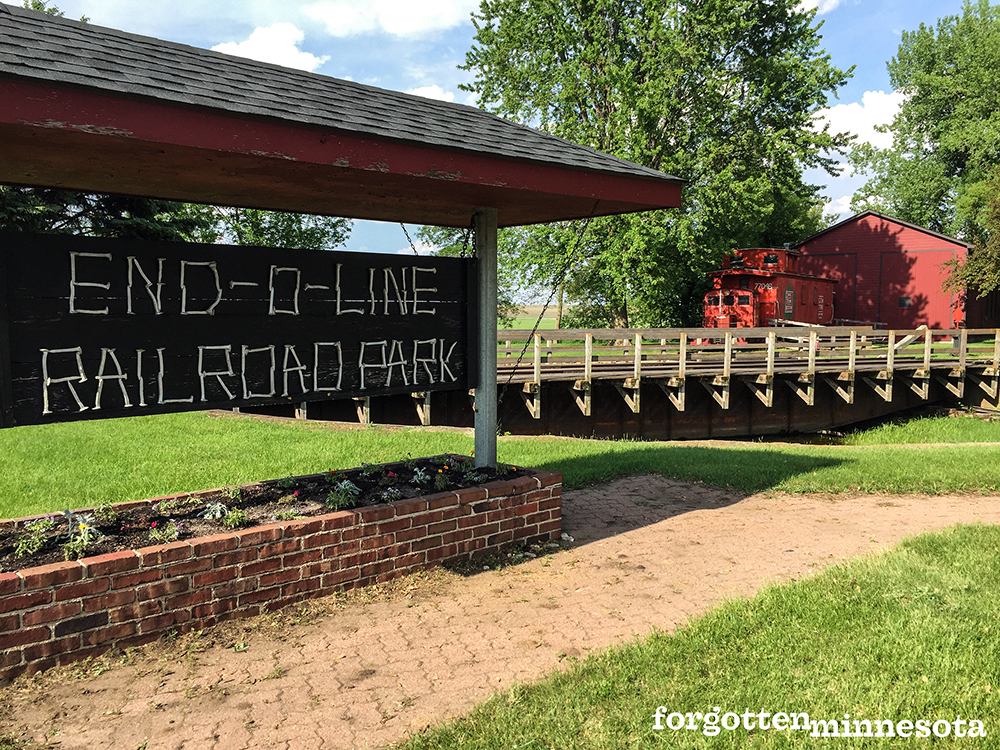
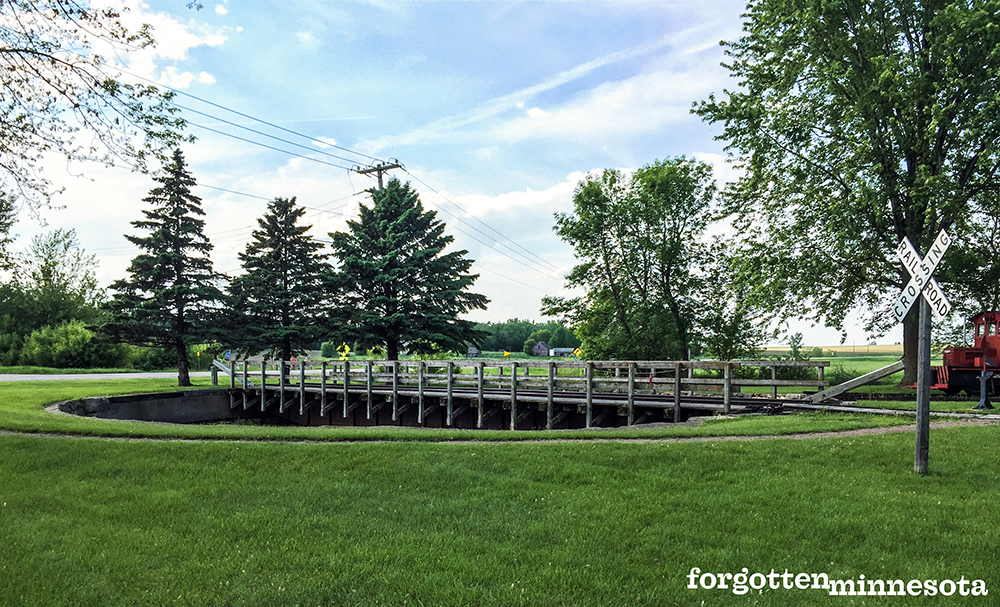
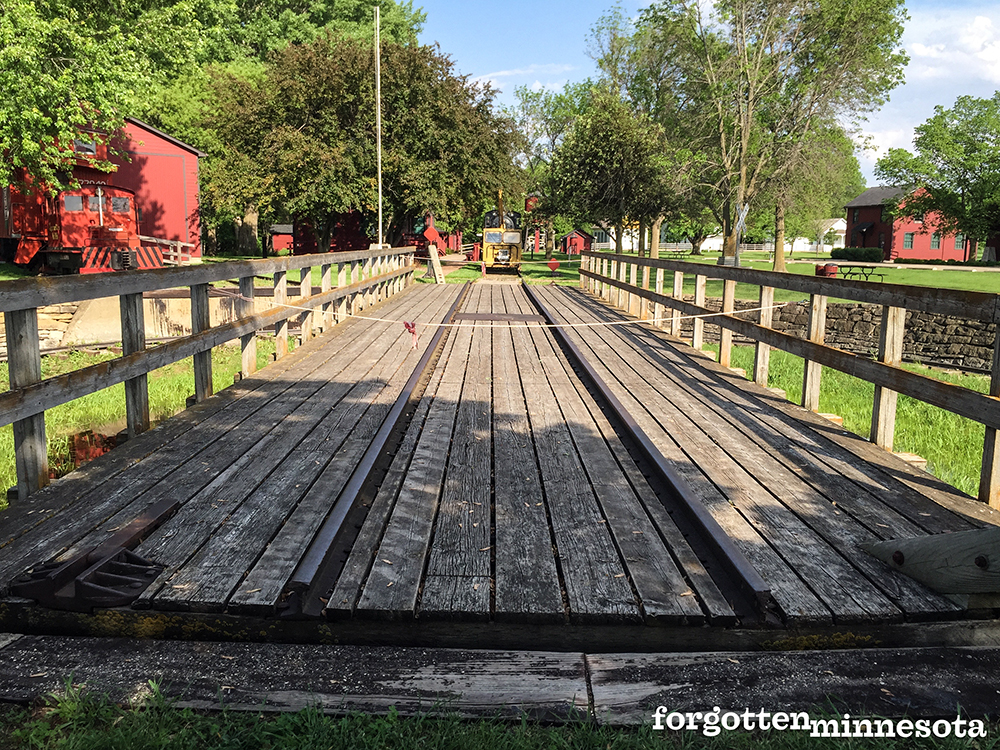
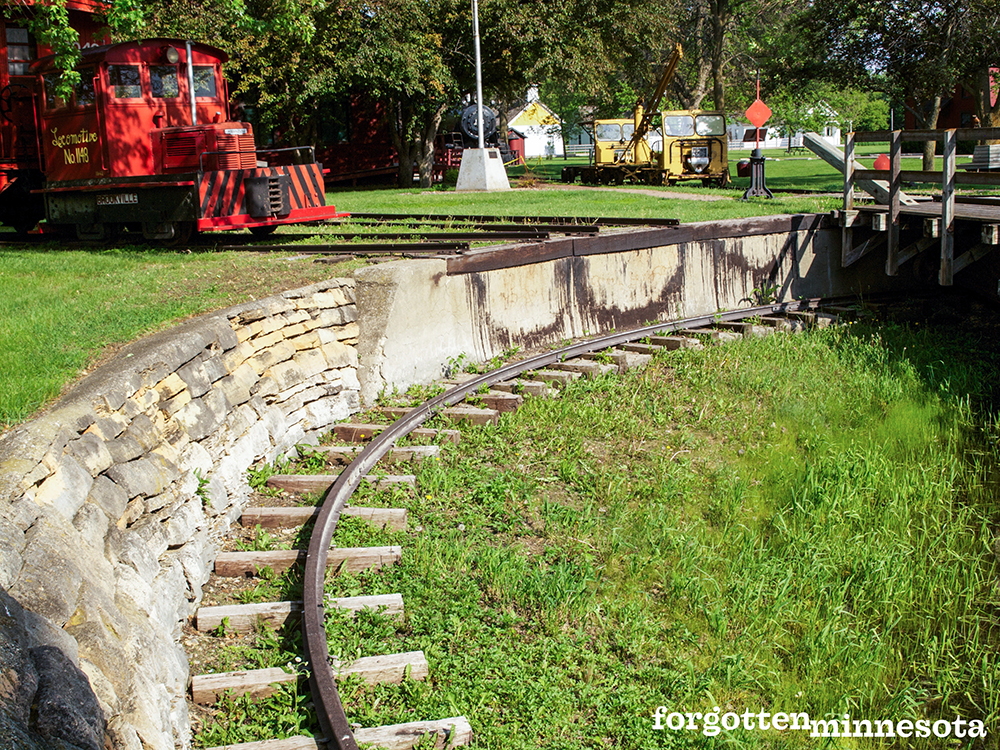
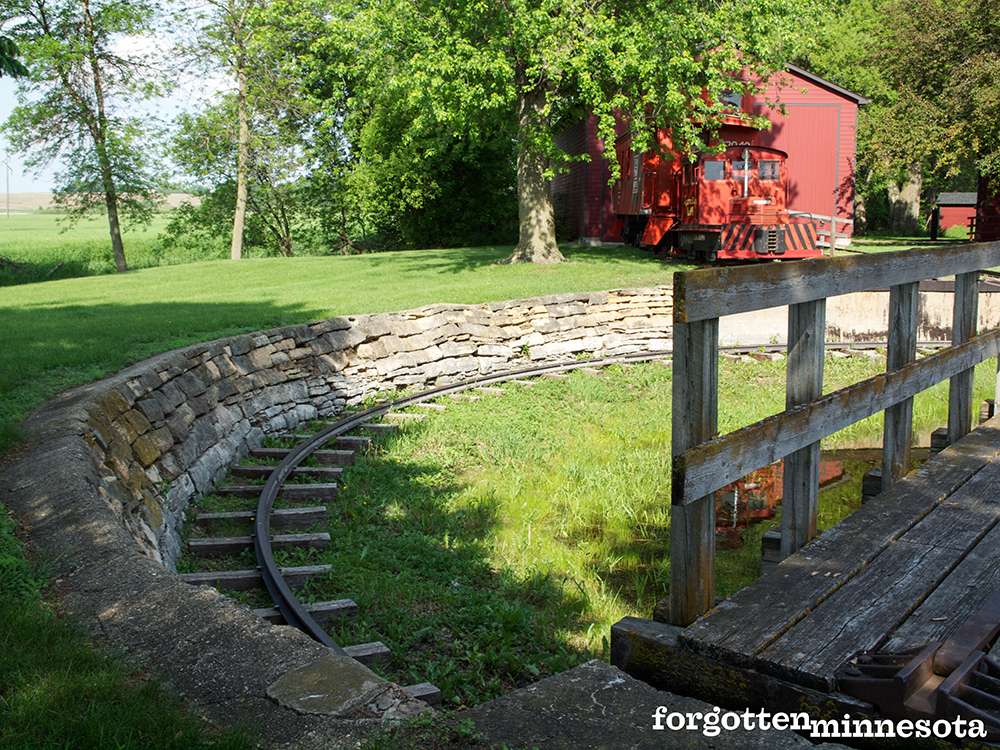
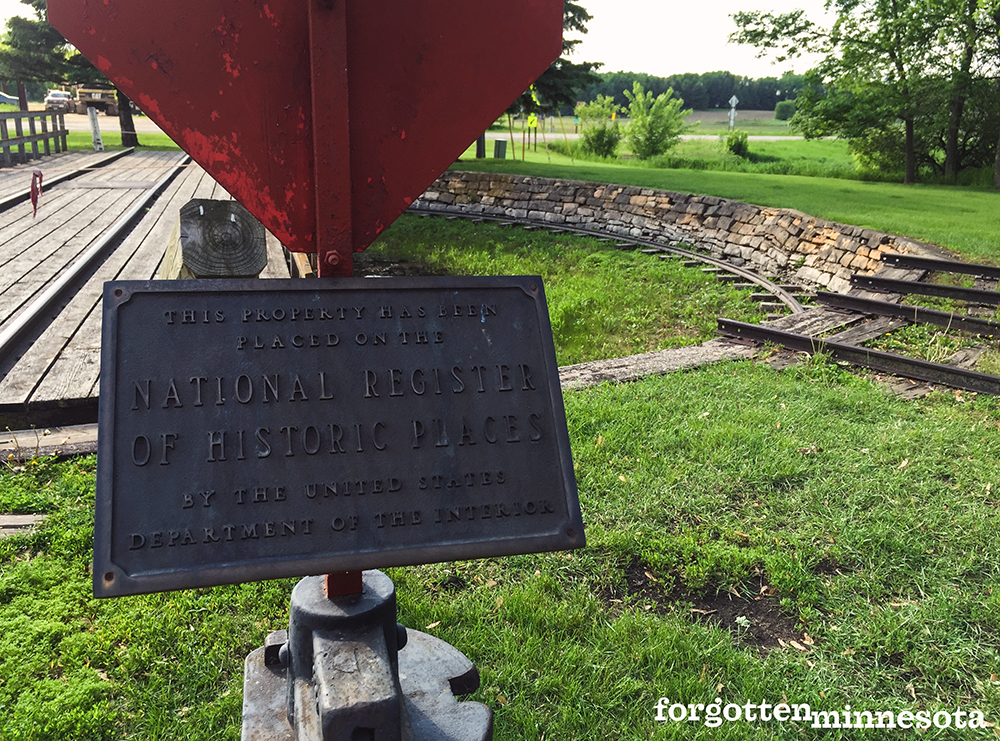
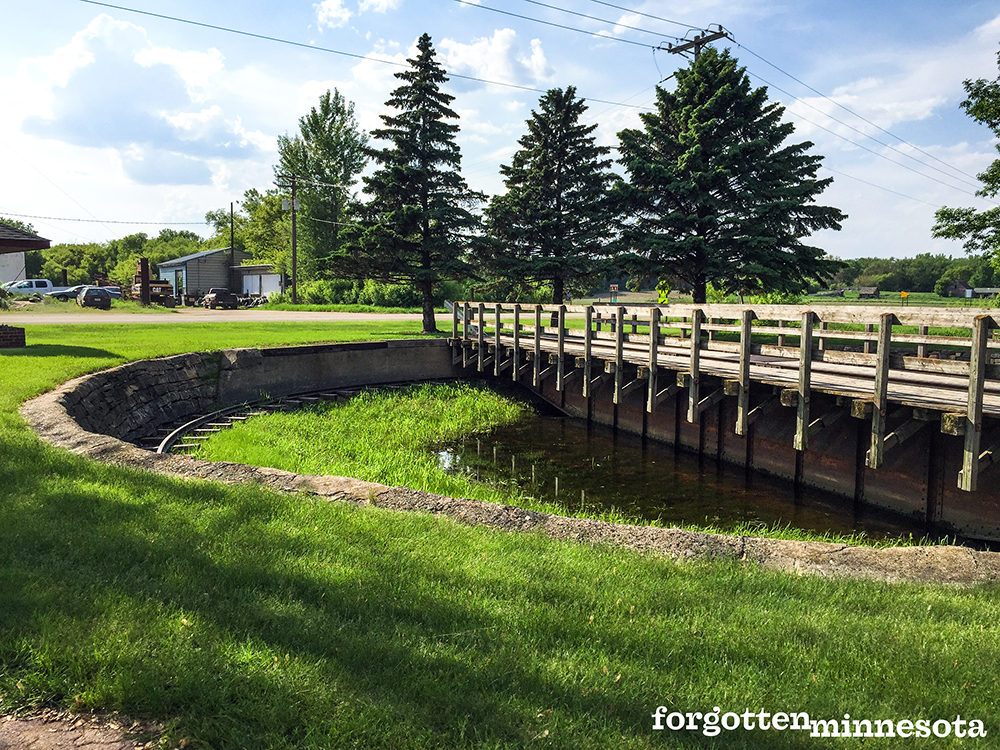
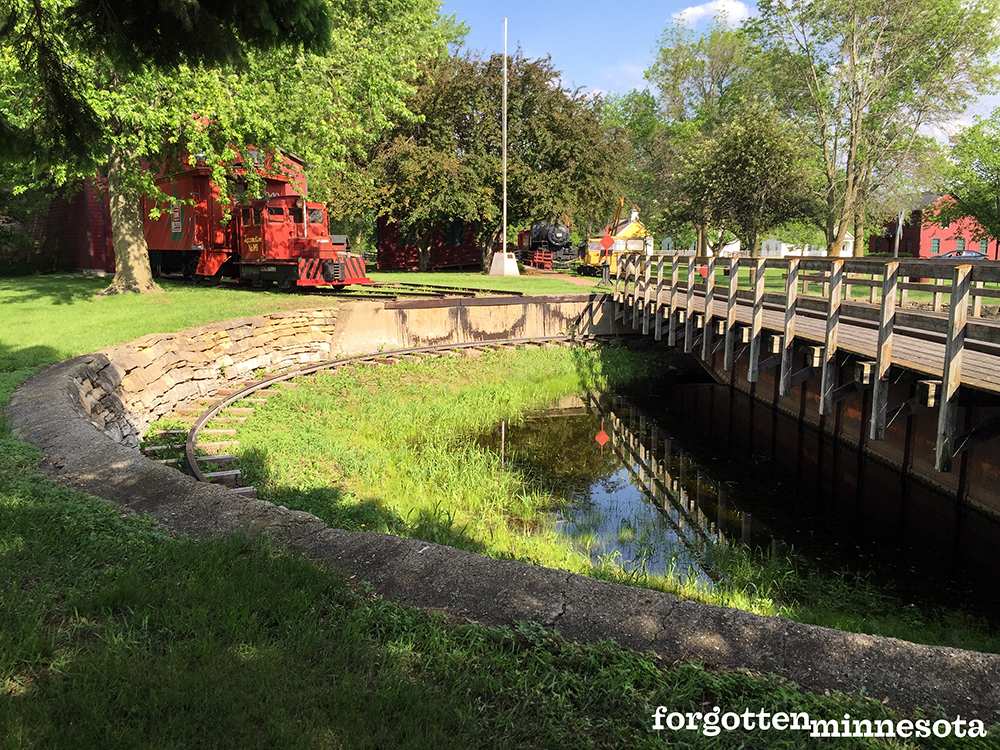
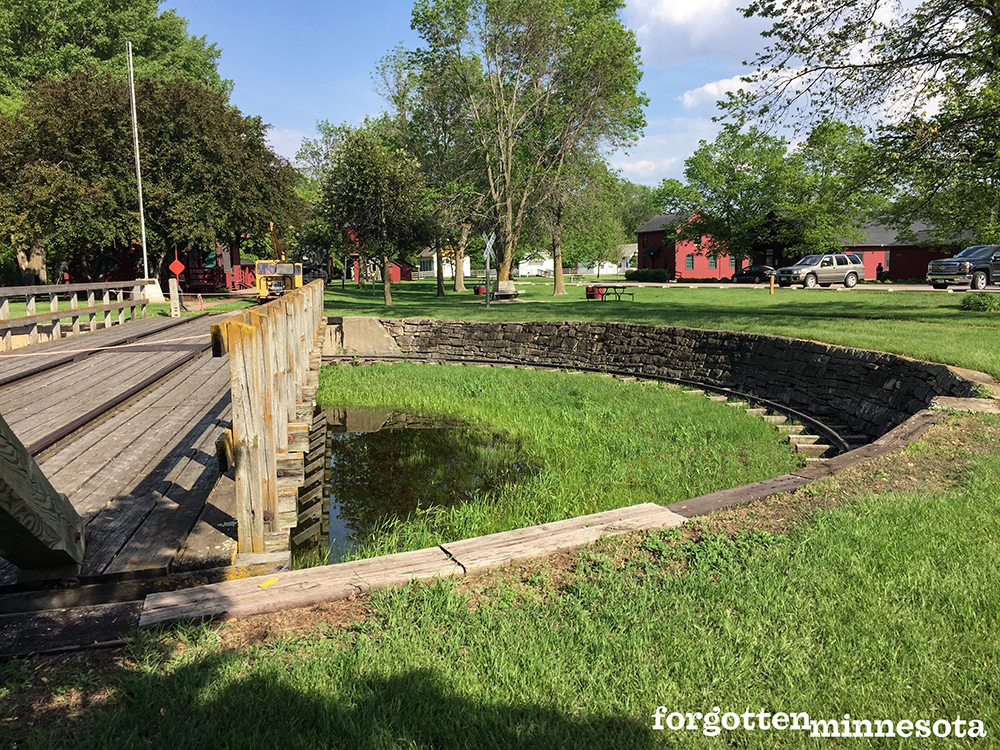
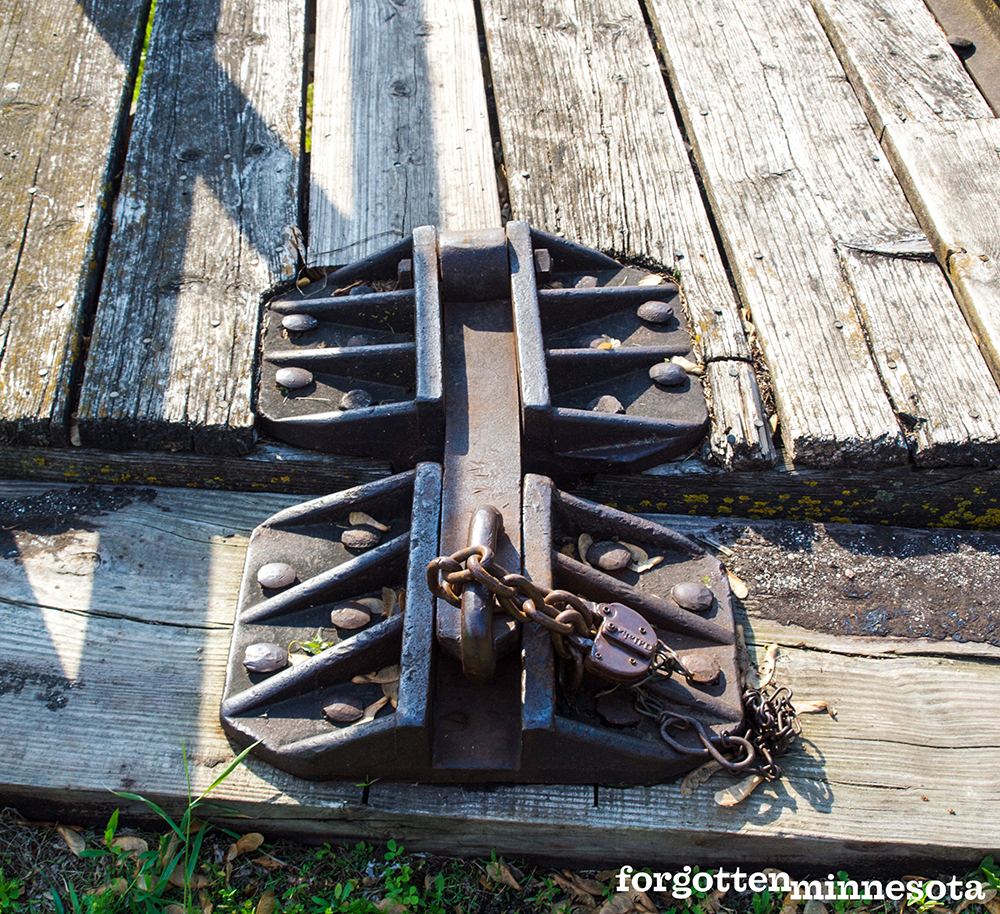
The turntable had the ability to be operated by as few as two people—one pushing at each of the 11-foot poles that extended from the ends of the turntable. The engine could be turned clockwise or counter-clockwise to align with the track that either led to the roundhouse or back toward Bingham Lake. The entire turntable was so precisely balanced using a “sow in a saddle” system that moved with such ease that riders often commented that they weren’t even aware that they were moving unless they were looking out of the window.
As passenger trains were replaced by automobiles, the turntable was being used and maintained less and less. By 1973, the turntable had deteriorated to the point that it could no longer be used. It was offered for sale, and the community decided to purchase it for $1.00.
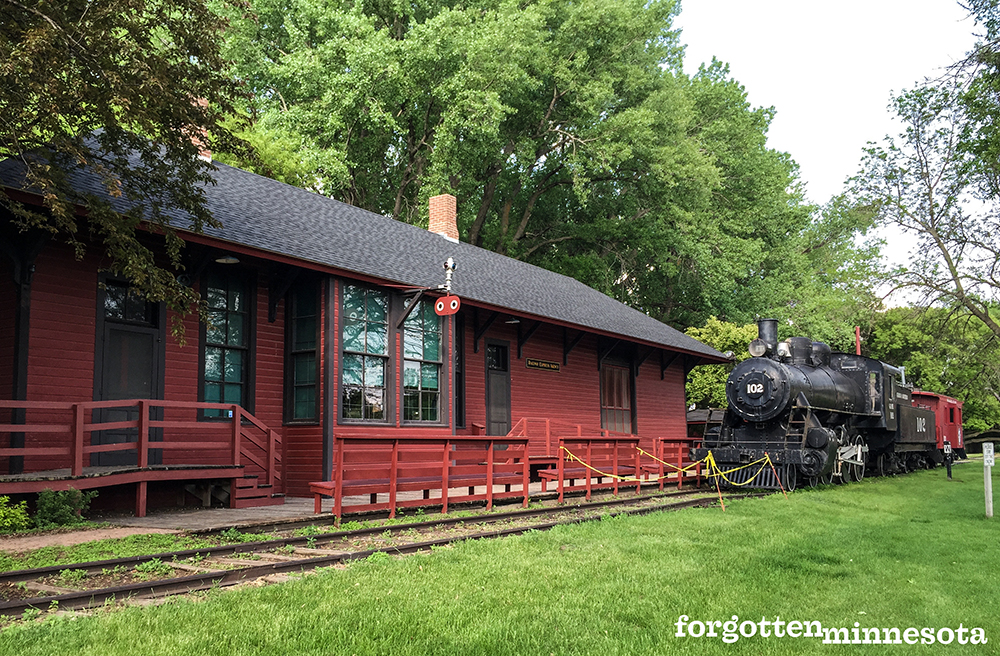
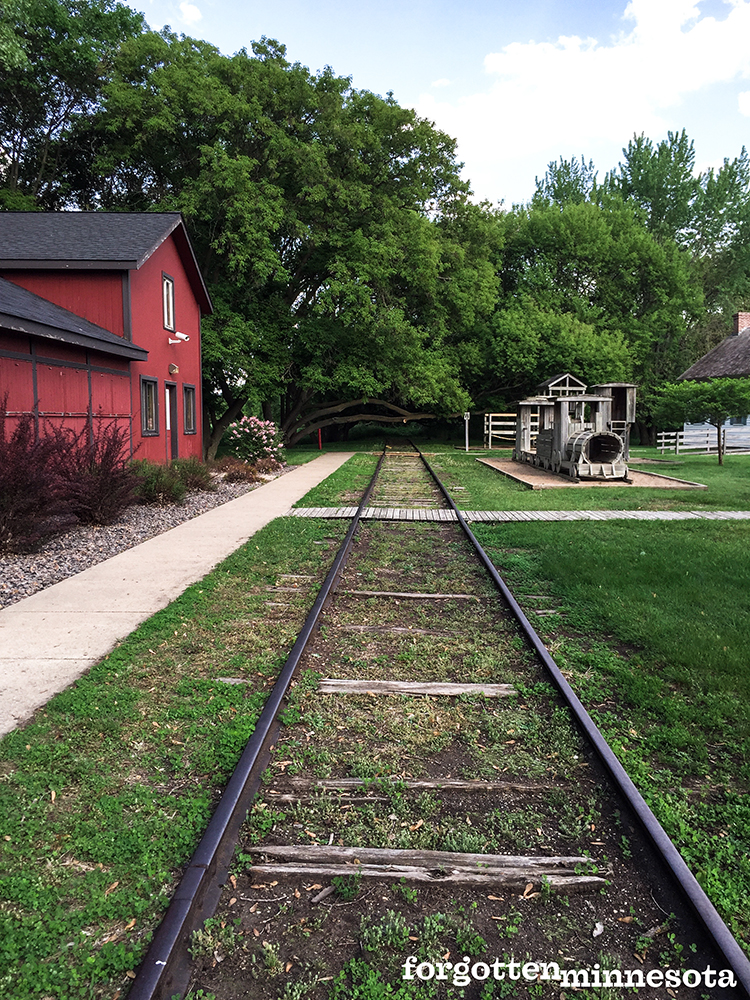
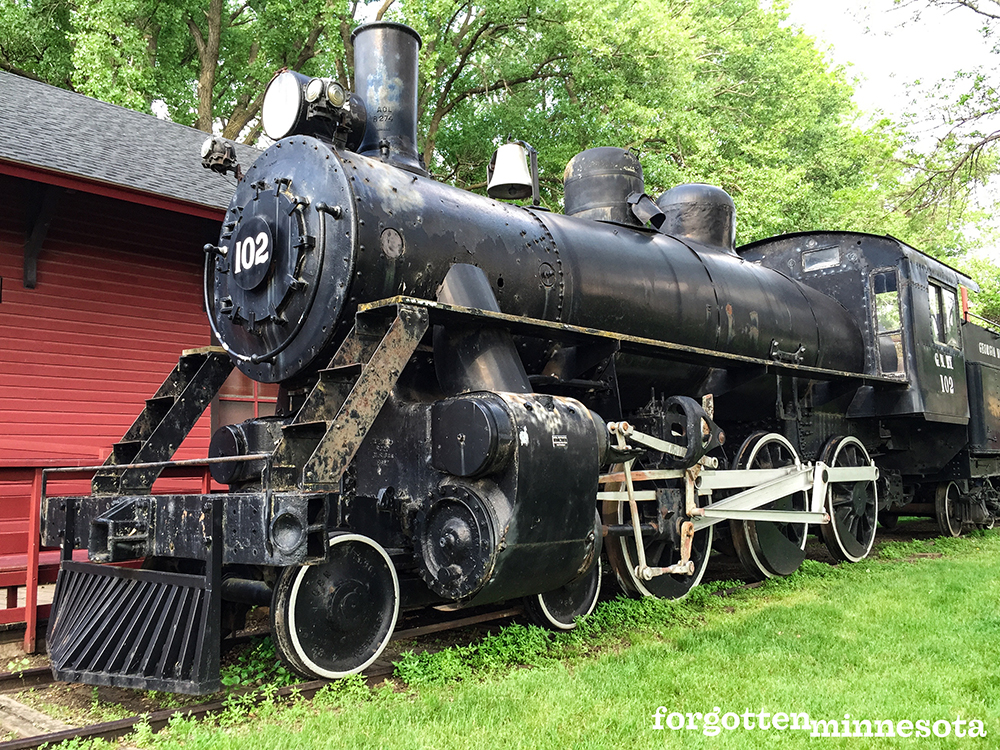
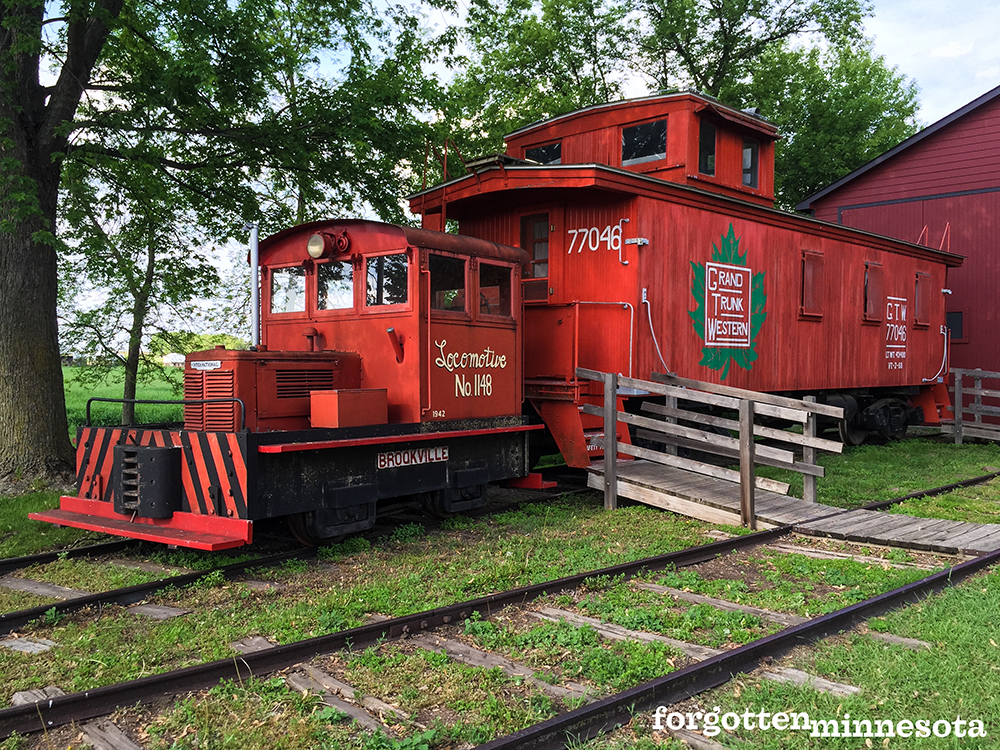
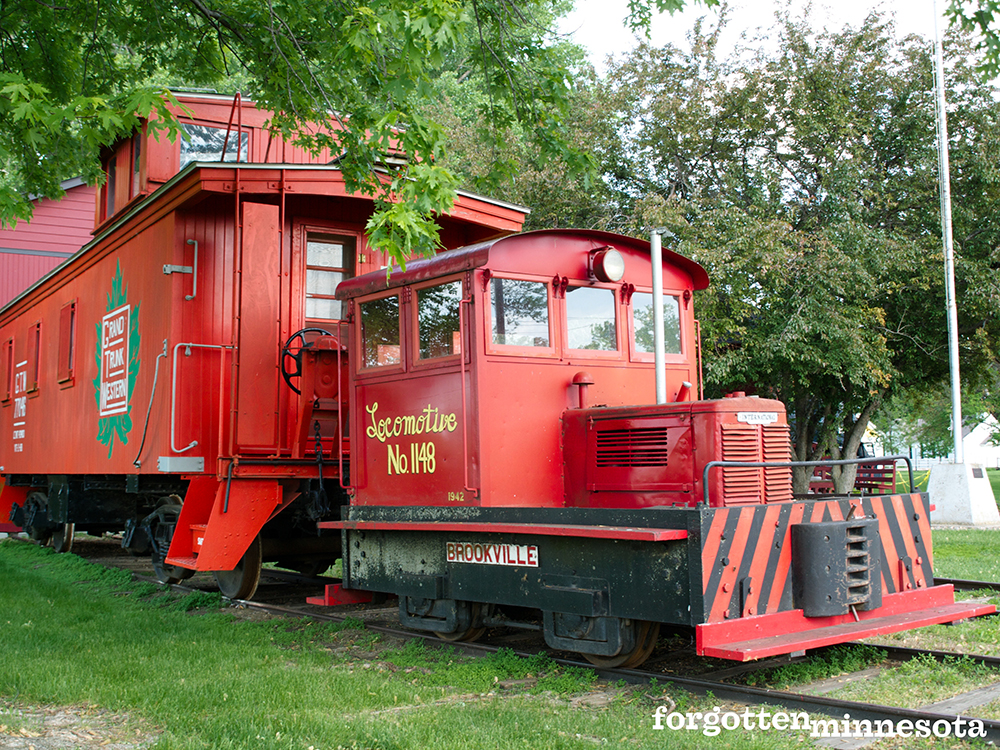
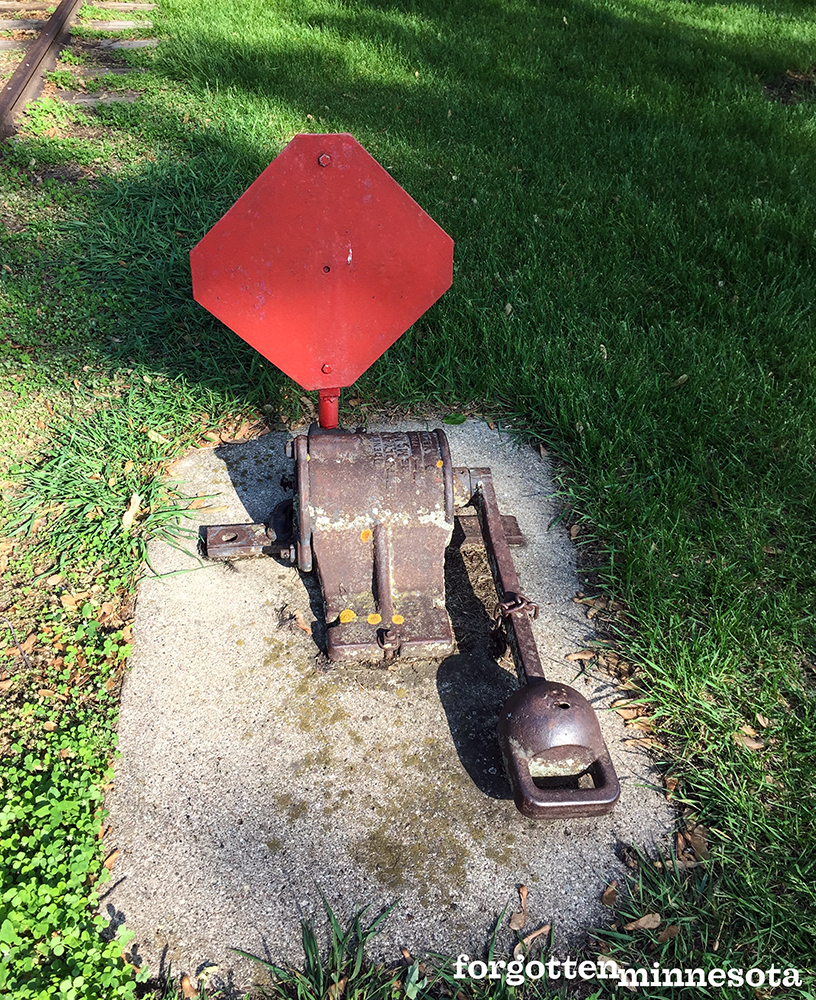
Today, the turntable has been completely restored to working condition and is an integral part of the End-O-Line Railroad Park in Currie. A locomotive, railroad depot, and water tower—along with several replicas of other period buildings—have been moved to the park to give visitors a feel for the history of the area. The Chicago, St. Paul, Minneapolis, and Omaha Railway turntable was listed on the National Register of Historic Places in 1977.
References:
Currie Turntable, National Register of Historic Places Nomination File, State Historic Preservation Office, Minnesota Historical Society, St. Paul.
